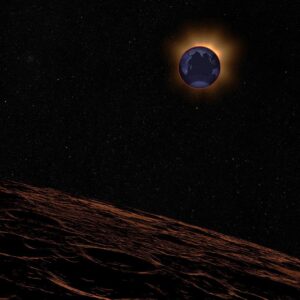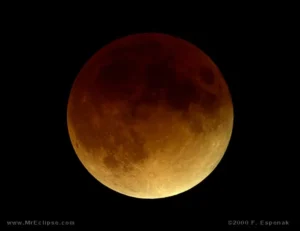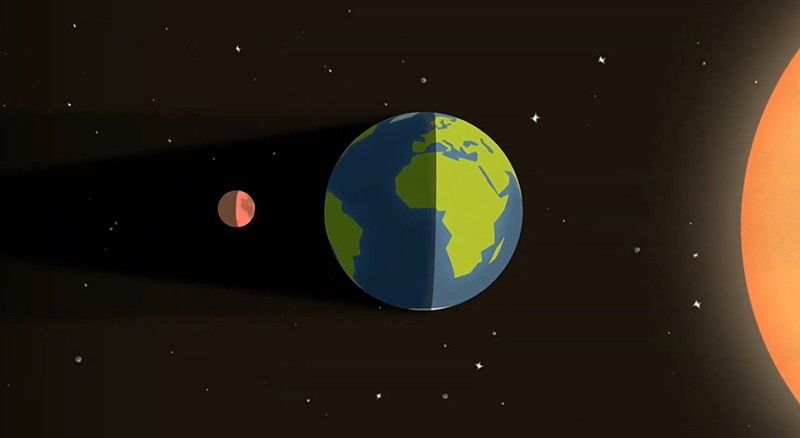NewzVille Desk
The total lunar eclipse(TLE) will be on 13/14 march 2025. Know some interesting infos about the TLE:
How does a lunar eclipse happen?
A lunar eclipse occurs when the Sun, Earth, and Moon align so that the Moon goes into Earth’s shadow. In a total lunar eclipse, the entire Moon falls within the darkest part of Earth’s shadow, called the umbra.

When the Moon is within the umbra, it appears red-orange. Lunar eclipses are sometimes called “Blood Moons” because of this phenomenon.
The Moon will pass into Earth’s shadow and appear to turn red on the night of 13 March or early in the morning on 14 March, depending on the time zone.
How to watch?
You don’t need any special equipment to observe a lunar eclipse, although binoculars or a telescope will enhance the view. A dark environment away from bright lights makes for the best viewing conditions.
This eclipse will be visible from Earth’s Western Hemisphere.
What to observe?
The Moon enters the Earth’s penumbra, the outer part of the shadow. The Moon begins to dim, but the effect is quite subtle.
The Moon begins to enter Earth’s umbra and the partial eclipse begins. To the naked eye, as the Moon moves into the umbra, it looks like a bite is being taken out of the lunar disk. The part of the Moon inside the umbra appears very dark.

The entire Moon is now in the Earth’s umbra. The Moon is tinted a coppery red. Try binoculars or a telescope for a better view.
If you want to take a photo, use a camera on a tripod with exposures of at least several seconds.
As the Moon exits Earth’s umbra, the red color fades. It looks as if a bite is being taken out of the opposite side of the lunar disk from before.
The whole Moon is in Earth’s penumbra, but again, the dimming is subtle and the eclipse is over.
What is the interesting thing to watch?
Look to the western sky on the night of the eclipse for a glimpse of planets Jupiter and Mars. The Moon will be in the constellation Leo, under the lion’s hind paw, at the beginning of the eclipse; soon afterward, it will cross into the constellation Virgo. As Earth’s shadow dims the Moon’s glow, constellations may be easier to spot than usual.



